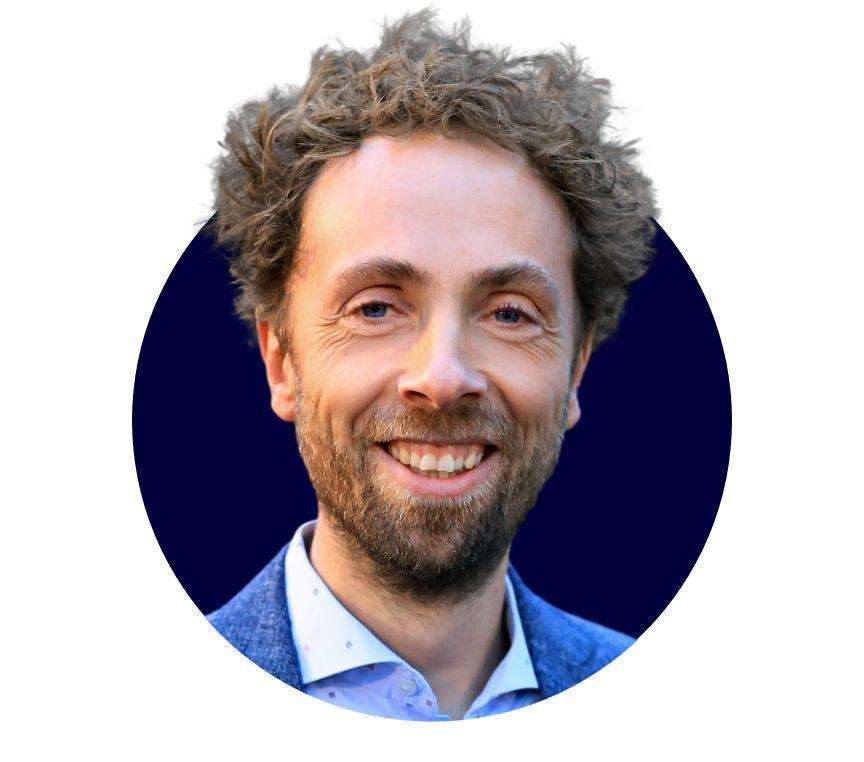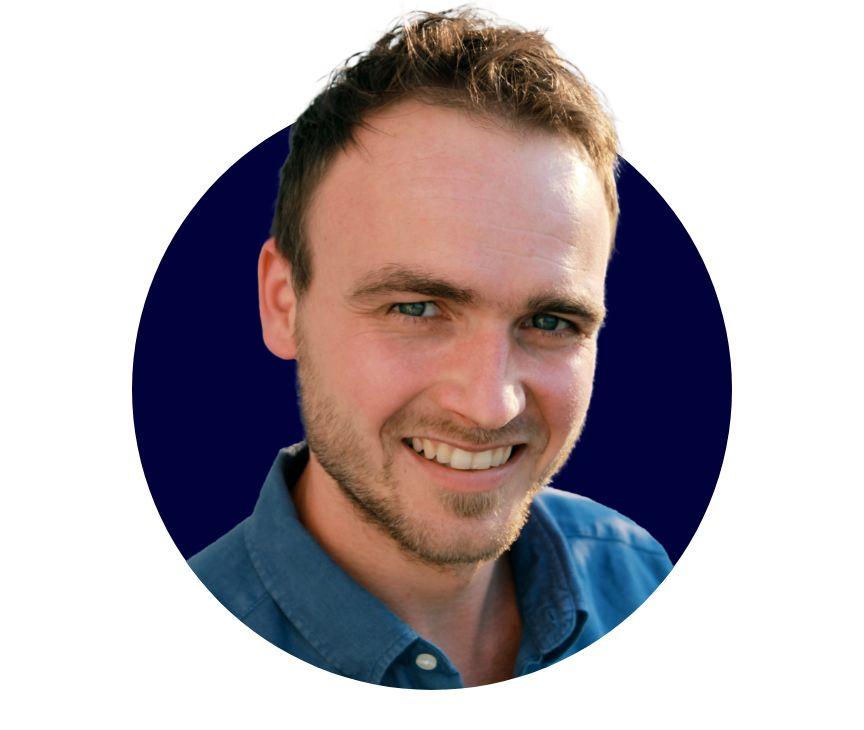
‘The high seas are essential for human survival’
Marine conservation: Gunnar Finke and Jan Kleine Büning explain the new UN High Seas Treaty and its relevance for GIZ’s work.
GIZ assists its partner countries with protecting coastal waters.
Mr Finke, Mr Kleine Büning, the international community adopted a treaty for the protection of the high seas in June, covering the part of the world’s oceans beyond the jurisdiction of coastal states. How important is this treaty?
Gunnar Finke: This resolution counts as a major success in biodiversity conservation – and is a great sign that the international community is able to jointly address global challenges, despite the many multilateral crises. It also demonstrates that the seas are something that unites and connects humanity.
Jan Kleine Büning: The high seas provide habitats for innumerable species. Marine organisms use different ocean areas to feed and reproduce. Many species travel long distances between continents over their lifetime. This underlines the fact that we’re dealing with one interconnected ecosystem. That’s why it’s so important to set down rules, not only for the use of coastal waters but also marine areas that are further offshore.
How important are the high seas for people?
Gunnar Finke: The high seas account for almost half the Earth’s surface. That alone underscores their importance. They make up the majority of the world’s oceans, which are a true treasure trove and essential to our survival. The seas provide food for billions of people and absorb around one third of global CO2 emissions each year. They have an important role to play in regulating our climate. Wherever we are in the world, most of the oxygen we breathe is produced by phytoplankton in the sea.
Jan Kleine Büning: The biodiversity in the deep sea and on the seabed of the high seas is still unexplored to some extent. We know more about space than the deep ocean. Time and again, we’re finding life forms there that have much to offer us. These include bacteria and sponges that may be helpful in developing new antibiotics. Healthy high seas are therefore vital to our wellbeing and ultimately to human survival.

Gunnar Finke manages the Marine Conservation team in the Biodiversity-Environment-Oceans sector programme. He advises the German Development Ministry in a number of areas, including the design of its development policy for the conservation and sustainable use of the seas.
The new treaty serves as the basis for establishing protected areas in the high seas. What’s the relevance of this for international cooperation?
Jan Kleine Büning: There are many starting points here. If areas requiring protection are located both within and outside of national jurisdictions, then marine conservation measures that cover the continuous habitat and extend beyond legal borders will have to be devised and implemented together with the coastal states.
What role can GIZ play in this in the future?
Gunnar Finke: The treaty creates a framework for international cooperation in respect of the high seas for the first time. It now has to be put into practice. GIZ can contribute to this, as we already advise our partner countries on preservation measures within the context of regional marine conservation conventions and on developing sustainable fisheries. At the same time, GIZ is part of a global network of organisations committed to marine protection. This means we can support the implementation of the treaty with our experience, knowledge and established partnerships.
What are the next steps and where is there specific relevance for GIZ’s work?
Gunnar Finke: The global community has set itself the task of protecting 30 per cent of the world’s oceans by 2030. The High Seas Treaty provides new scope for this as well as the necessary legal basis. When it comes to the specific establishment and management of high seas protected areas, here at GIZ we can draw on our expertise in advising our partner countries on marine conservation. We will be able to adapt and transfer to the high seas what we’ve already realised to date within national and regional frameworks.
Jan Kleine Büning: Take, for instance, marine spatial planning: where boats are permitted to fish and when, where is off limits, which areas ships should avoid and when, where protection zones should be established, where raw materials can be extracted. We advise our partner countries on such matters and these have to be considered in the context of the high seas as well.
What can we do at GIZ to ensure that our partner countries benefit from the treaty?
Gunnar Finke: We consider ourselves an intermediary, networker and advisor – building bridges between the high seas and the regions with their coastal and island states. Knowledge and capacity transfer must be a two-way process. The lessons learned from implementing the High Seas Treaty may also reinforce our partner countries’ national and regional conservation policies. GIZ can help to ensure that this transfer takes place.

Jan Kleine Büning heads up the Save the Blue Five regional programme in Ecuador, which is funded by the German Environment Ministry. He champions the protection of whales, sharks, rays, turtles and dolphins in the South-Eastern Pacific Ocean.
Find out more about the high seas